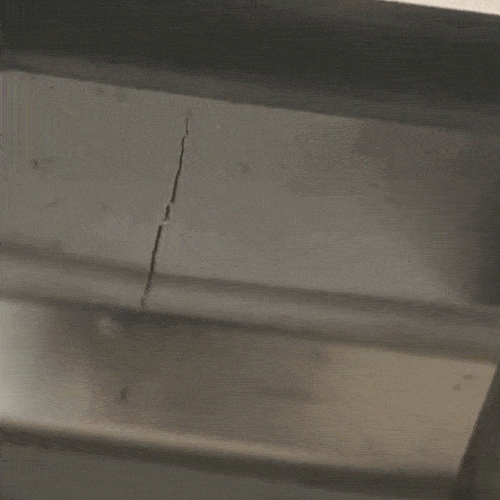Fatigue Failure In Metals and Other Materials
Fatigue failure is when the surface of a material begins to crack or fracture, causing the part to weaken. Typically, the first stage of fatigue failure is crack initiation. Crack initiation occurs once applied stress exceeds tensile strength. The next stage that occurs is crack growth. When a crack has been initiated, it continues to grow because of cyclic loading and increased stress on the surface. The rate of that growth is dependent upon the environment the component is operating in.
What Causes Fatigue Failure
Fatigue failure occurs due to cyclic stress from operating conditions. The main mechanisms of failure occur from mechanical fatigue or thermal fatigue.
- Mechanical fatigue failure is due to cyclic stresses
- Thermal fatigue failure is due to cyclic temperature changes
The tipping point for failure is when the material fails at loads lower than the yield strength of the material.
Different aspects contribute to the increase in fatigue probability such as operating conditions, component material, surface finish, maintenance plans, and timing. Applying a process to increase the time between failures can achieve substantial savings on repair and replacement costs.
Preventing Fatigue Failure With Laser Peening
Laser peening specializes in achieving beneficial compressive residual stresses at a depth that is unmatched by conventional metal surface treatments. This is important because fatigue strength improvements are directly related to the magnitude of depth where compressive residual stresses appear. The deep compressive residual stresses of laser peening provide increased resistance to cracking that causes fatigue failure.
Laser peening at higher power or with smaller spot sizes can increase the power density, increasing the depth of compressive residual stresses.
The mechanism that is responsible for imparting residual stress is the stress wave. When a laser beam impacts a metal surface, plasma gas rapidly expands and produces a stress waved directed into the metal. The stress wave induces plastic deformation underneath the metal surface providing the desired resistance to fatigue.
Check out this real-word example of how laser peening improved the fatigue life of a metal component used in the manufacturing space.
Problems with metal fatigue?
Let’s talk how laser peening can help.
Laser peening is a very controlled and precise surface enhancement treatment. LSPT can customize the process for specific parts or materials by manipulating parameters like power density and spot coverage. Laser peening is effective as a targeted solution for fatigue problems, because compressive residual stress profiles can be optimized at precise locations on a component.

